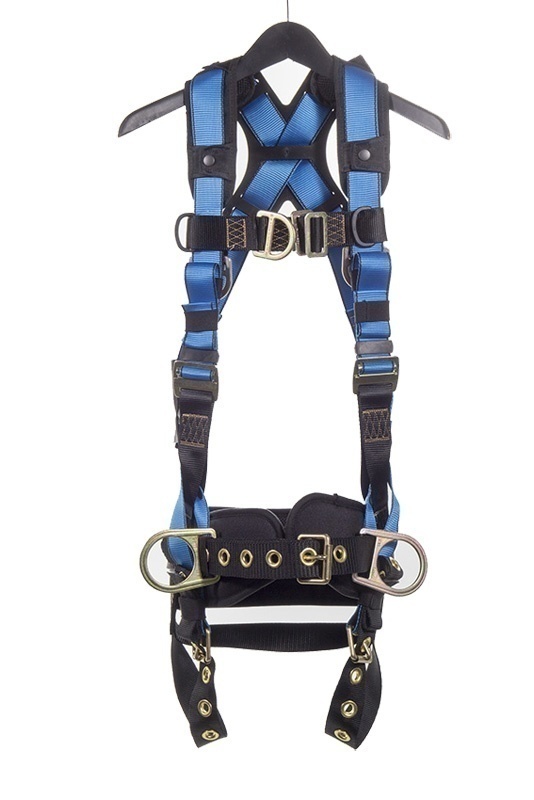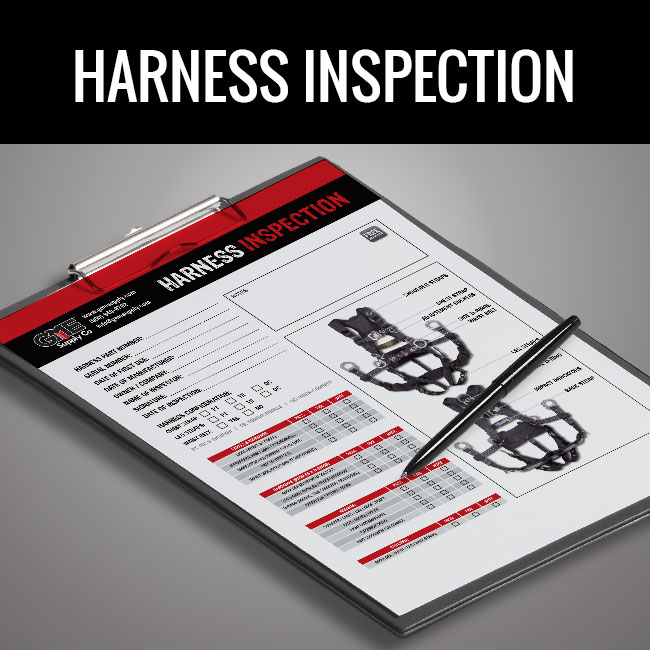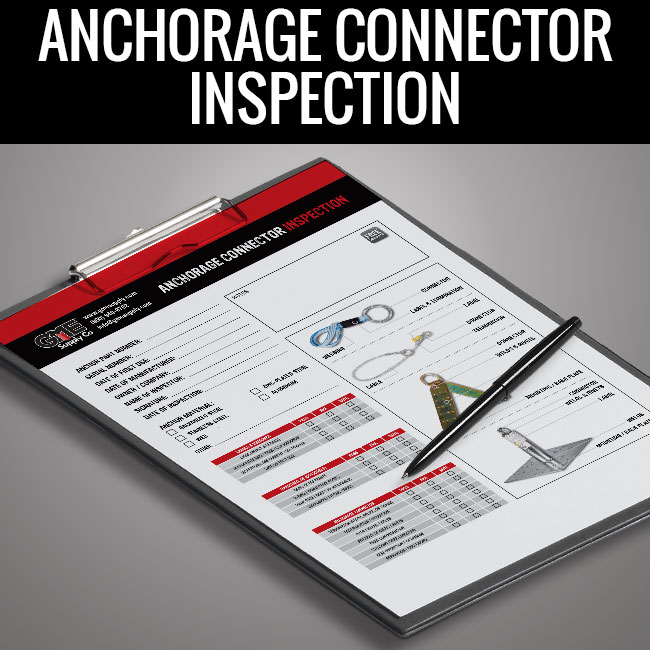YOU HAVE NO ITEMS IN YOUR CART.
Featured Brands

Safety Stand-Down Week 2024: Inspection! Inspection!
Safety Equipment Inspections
Every year, falls from elevation are the leading cause of death for construction and at-height employees. Safety Stand-Down Week - created by OSHA, was established to raise fall hazard awareness across the U.S. in an effort to stop fall fatalities and injuries.
For day five of Safety Stand-Down Week, we're focusing on safety inspections. We cover the various types of equipment that you should be inspecting and some of things that you should look for when doing the inspection.
This week only, you can get 5 (that's right, FIVE) tool box talks from our friends at Safety LMS for $5. Each of the hand-picked courses cover one of our themes for this week and they are each only $1. Don't miss this opportunity to get five days of training for $5.
When working at heights, your fall protection and safety equipment is one of the most important parts of your work gear. You use the gear all day, every day. That’s exactly why inspection is so critical. It takes just a few minutes to look over all of your equipment each day before you begin work. It ensures that even if you put it away in perfect condition the last time you used it, that it wasn’t damaged in transit or storage. And, let’s not forget a rogue coworker who “just needed to borrow it for a minute” that could have damaged it without you knowing.
What Needs to Be Inspected?
Short answer? Basically everything. If it is a piece of equipment that you’re planning on using, you need to inspect it.
That's A Lot of Inspections
Obviously, there is a lot to go through every day before you start work. Some people out there only take a piece of equipment out of service once it fails. That’s a terrible mindset to have when you’re thinking about the fall protection gear that you’re relying on to save your life in the event of a fall.
Every worker should always do a full check of all of their equipment before work begins each day. If you find anything wrong with the gear or if it does not pass the inspection, you should take it out of service. For this reason, a backup of critical equipment isn’t a bad idea to have in the work trailer!
There are a number of resources out there to review proper inspection practices. Many of which our Gear Experts® have helped various manufacturers produce!
Inspecting Soft Goods
Since soft goods are the most commonly worn out items, harnesses, belts, lanyards, slings, etc., we’ll start with some of the frequent issues that require them to be removed from service. Be sure to check every section of the equipment, not just one or two individual locations. Run ALL of the webbing through your fingers and visually inspect it thoroughly.
- First, check a harness or lanyard for its impact indicators to determine if it’s been involved in a fall. Most modern versions of these will have sewn-in indicators. If those show a fall has occurred, immediately remove the equipment from service and render it unusable.
- Then, look for any cuts, knicks, tears, or rips. Different manufacturers have different guidelines for how much of this type of damage is allowable, but better safe than sorry. If you question it, remove it from service.
- Next, any hard spots, burns, chemical, or UV damage. Discoloration from sun or chemical damage may not seem significant but it can weaken the strength of the webbing or cord and reduce the strength.
- Lastly, be sure to inspect any hardware on harnesses, belts, or lanyards for rust, deformation, pitting, corrosion, etc.
Inspecting Ropes
For ropes, you’re looking for a lot of the same things as listed above. Be sure to also look for bunching, bird nests, kinking, or unusual twists in the rope as these can also significantly reduce the strength of the rope. Again, run every inch of rope through your hands daily prior to use.
Inspecting Hard Goods
For hard goods like carabiners, shackles, blocks and pulleys, anchors, and anything else constructed of material that isn’t webbing, you’re looking for traditional metal types of damage. Rust, corrosion, pitting, heat/weld damage, or deformation from overloading or shock impact.
Safety Spotlight featuring Ontivity
Free Inspection How-To Videos
Questions or Need More Info?
If you have any questions regarding the above information or need more insight into safety or fall protection in general, reach out to our Gear Experts®! Click here to contact our team, or use the instant chat feature in the lower right hand corner of your browser screen. Also be sure to connect with us on social media to keep up with all of our latest content.














